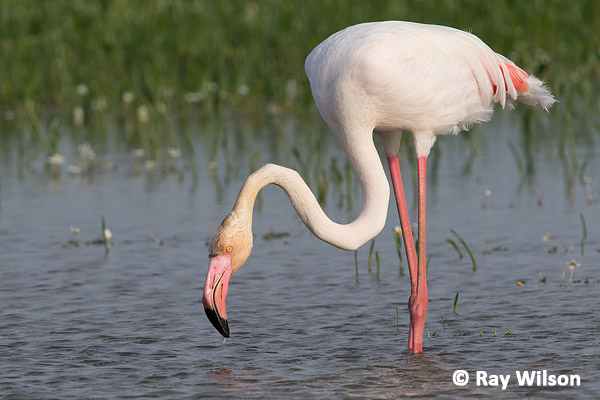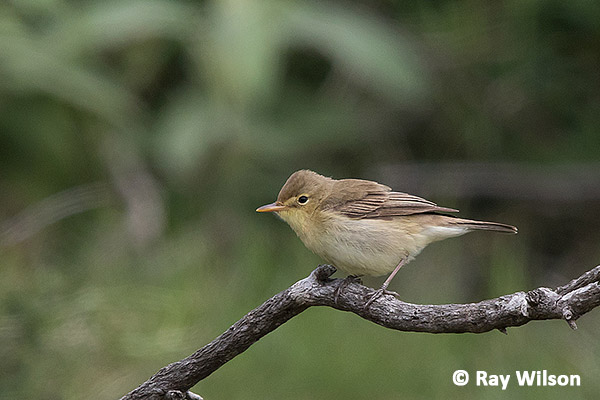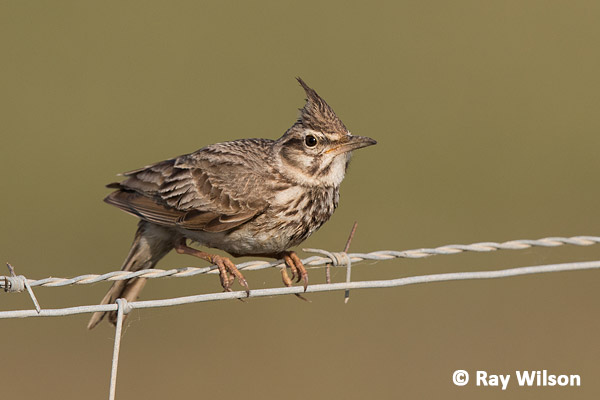
- Home
- Photography Tours
- Diary / Blog
- Galleries
- Foreign Trips
- Tasmania 2016
- NE Queensland 2016
- Western Alps 2016
- NE Spain 2016
- Australia's Wet Tropics 2015
- Australia's Top End 2015
- SW Australia 2015
- Switzerland 2015
- Andalucia 2015
- Belize 2015
- Australia 2014
- Switzerland 2014
- Belize 2014
- Bahama Islands 2014
- Switzerland 2013
- Ecuador 2012-2013
- Florida 2011-2012
- Vancouver Island 2011
- Australia 2010
- Peru 2008
- Bulgaria 2007
- Lesvos 2006
- California 2006
- New Zealand 2005
- Extremadura 2005
- Goa, India 2004
- The Gambia 2003
- About
April 2015
Southern Spain
5th-20th April 2015 pt.1
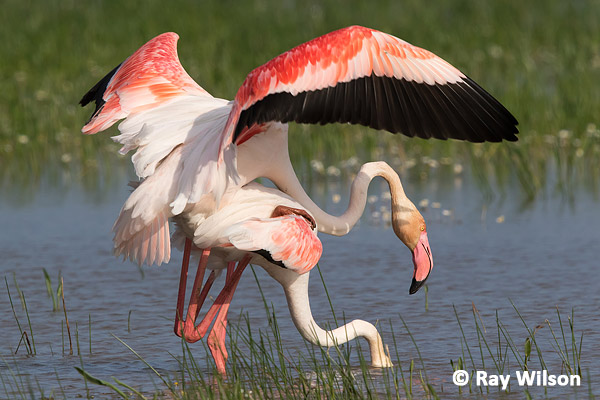
Greater Flamingo (Phoenicopterus ruber)
Donana National Park is the largest nature reserve in Europe and although the majority of the 543km2 that it encompasses is inaccessible to the public, it is definitely well worth a visit as there are still several public access points that can provide excellent views of the abundant birdlife.
Greater Flamingo (Phoenicopterus ruber)
Most of the time, the flamingos were very distant, but I found that if I was the first person to get to the roadside viewing points in the early morning, then they were sometimes close enough to more than fill the frame in the view finder and I could occassionally get about 20 or 30 minutes of quality time before other traffic arrived and the birds moved further and further away.
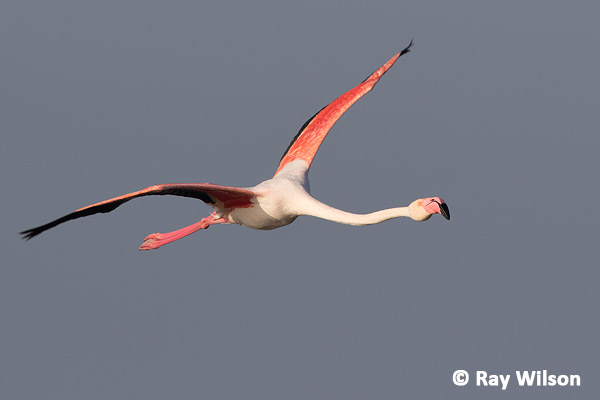
Greater Flamingo (Phoenicopterus ruber)
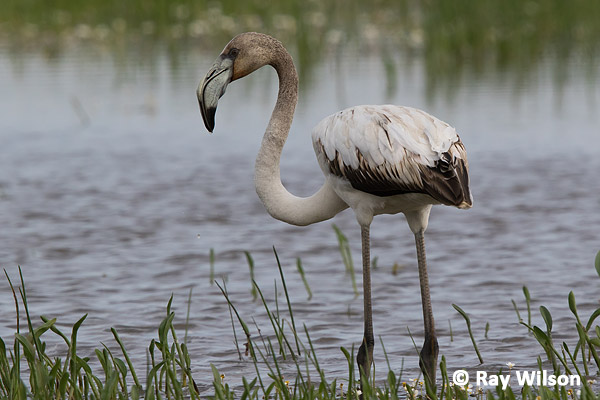
Greater Flamingo (Phoenicopterus ruber)
The heron colony at the Jose Valverde visitor's centre was another productive site, although it was a little on the distant side and I could only get decent frame-filling images by using the 2x extender on the 600mm.
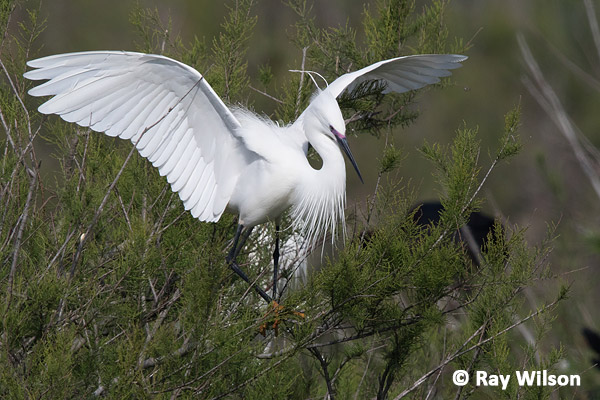
Little Egret (Egretta garzetta)
The majority of the birds in the colony were Cattle Egrets and Glossy Ibis, but there were also a few pairs of Little Egret and Black-crowned Night-herons there as well.
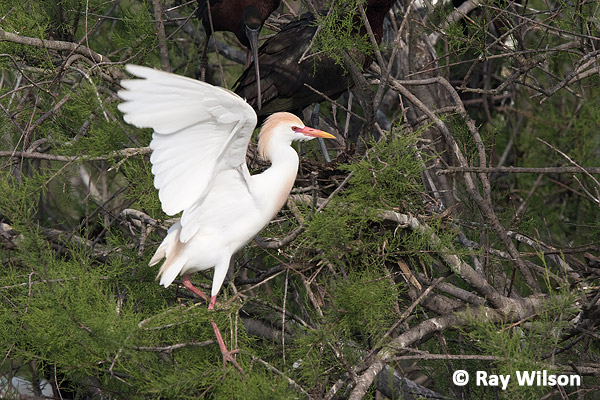
Cattle Egret (Bubulcus ibis)
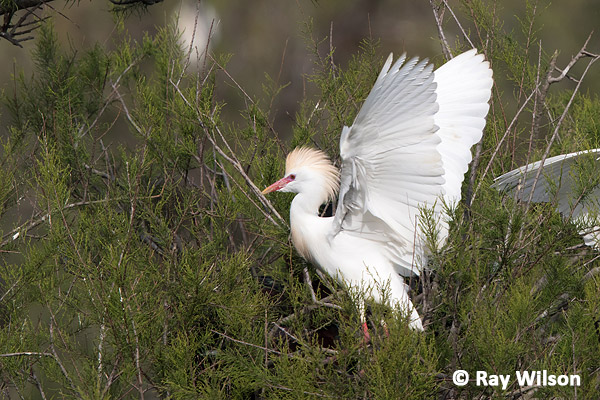
Cattle Egret (Bubulcus ibis)
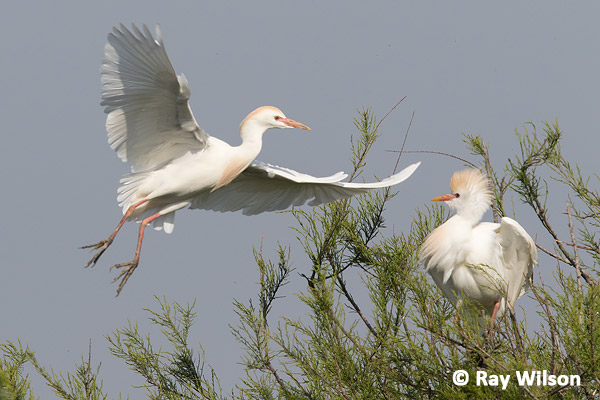
Cattle Egret (Bubulcus ibis)
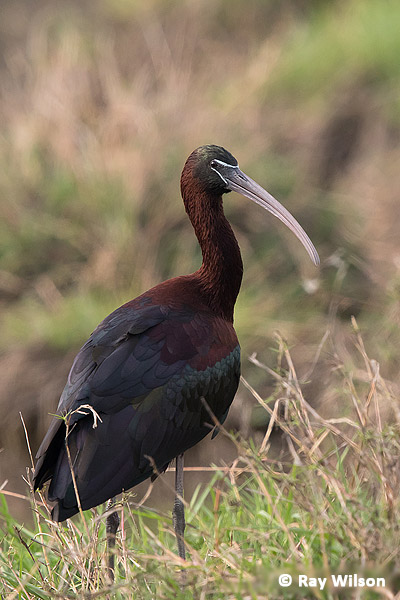
Glossy Ibis (Plegadis falcinellus) |
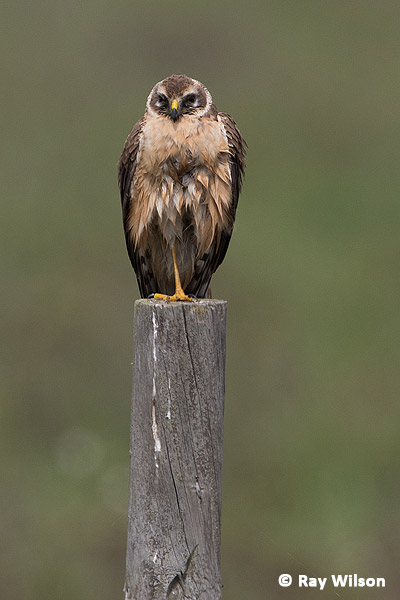
juvenile Pallid Harrier (Circus macrourus) |
The juvenile Pallid Harrier I found perched on a fence post near Isla Mayor was a bit of a surprise. They are very rare in southwest Spain.
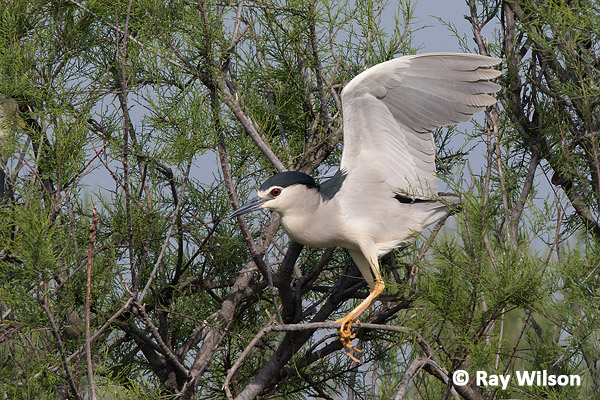
Black-crowned Night-heron (Nycticorax nycticorax)
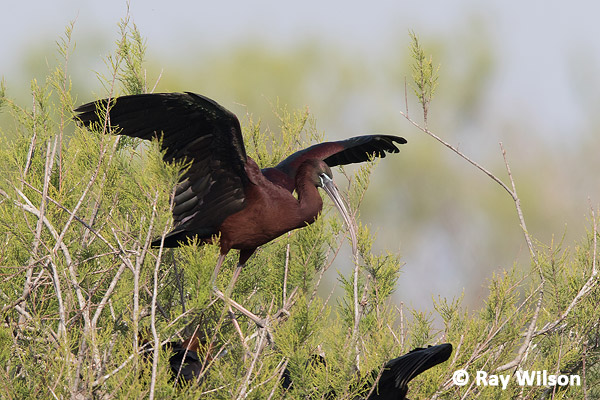
Glossy Ibis (Plegadis falcinellus)
White Storks are common in the area and flocks of 50 or more can often be seen feeding in the fields and marshes.
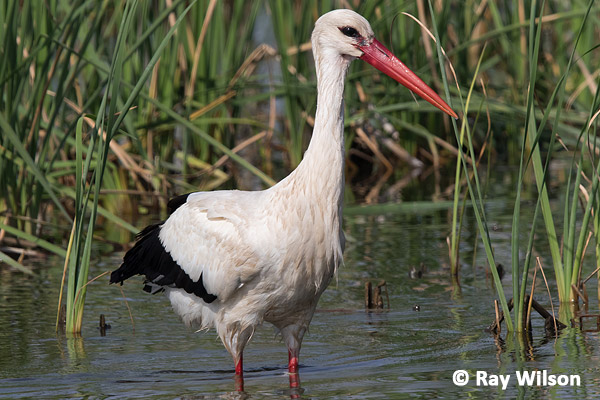
White Stork (Ciconia ciconia)
Purple Herons are also common in the surrounding marshes, but are usually very shy and secretive with only their heads poking above the long grasses.
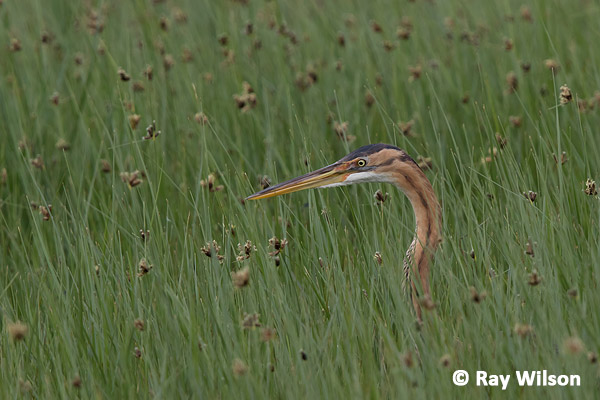
Purple Heron (Ardea purpurea)
Red-knobbed Coots are being re-introduced to Donana and birds that are part of of the re-introduction programme can easily be identified by their white neck collars.
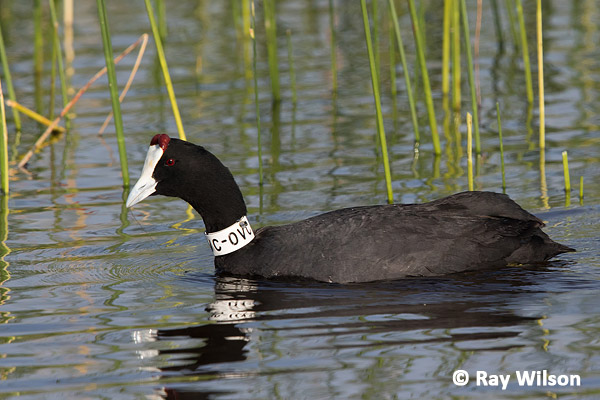
Red-knobbed Coot (Fulica cristata)
Spring migration was well underway and by the middle of the month the reedbeds were packed with noisily singing Great Reed Warblers.
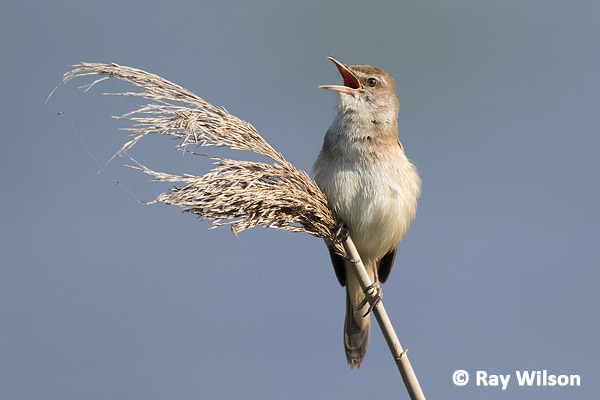
Great Reed Warbler (Acrocephalus arundinaceus)
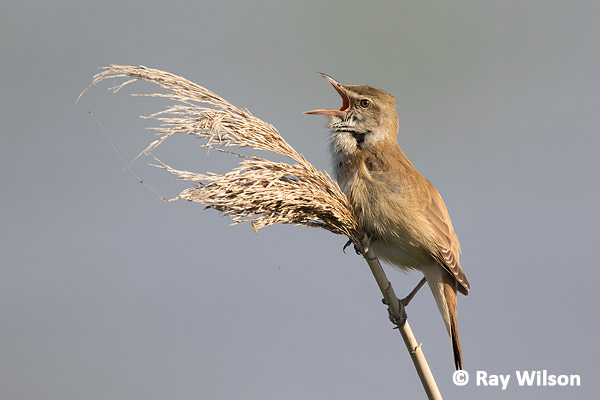
Great Reed Warbler (Acrocephalus arundinaceus)
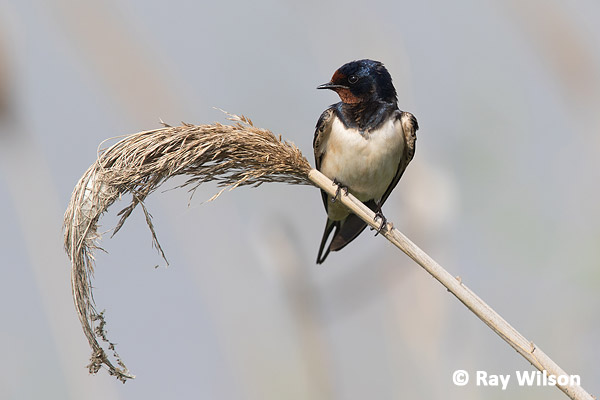
Barn Swallow (Hirundo rustica)
Common Waxbills, a species introduced to Spain from Africa, could also occasionally be observed feeding on seeds in the reedbeds and surrounding scrub.
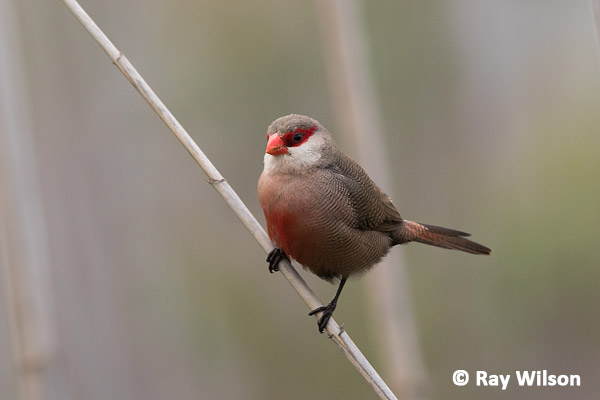
Common Waxbill (Estrilda astrild)
The many marshy fields in the area were a popular stopping off point for migrating Yellow Wagtails, with both the "Blue-headed" and "British" subspecies passing through.
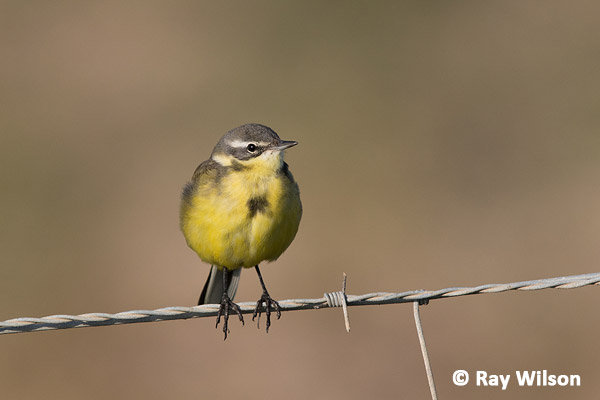
"Blue-headed" Yellow Wagtail (Motacilla flava flava)
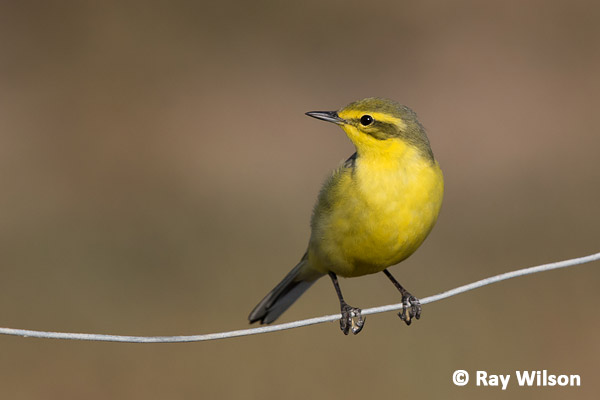
"British" Yellow Wagtail (Motacilla flava flavissima)
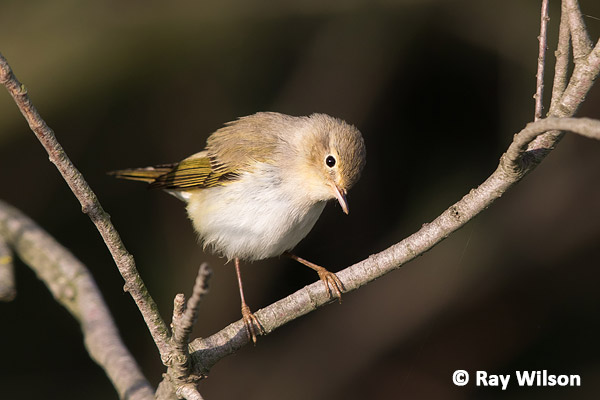
Western Bonelli's Warbler (Phylloscopus bonelli)
Other migrant passerines included several warblers such as Bonelli's, Willow and Melodious Warblers.
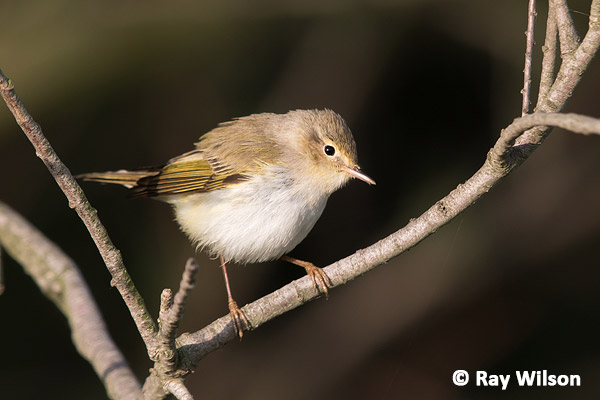
Western Bonelli's Warbler (Phylloscopus bonelli)
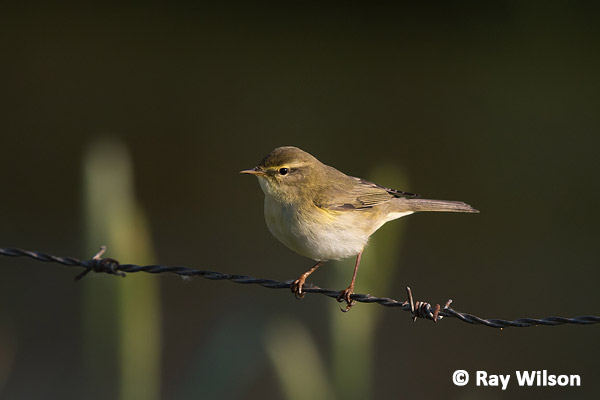
Willow Warbler (Phylloscopus trochilus)
Melodious Warbler (Hippolais polyglotta)
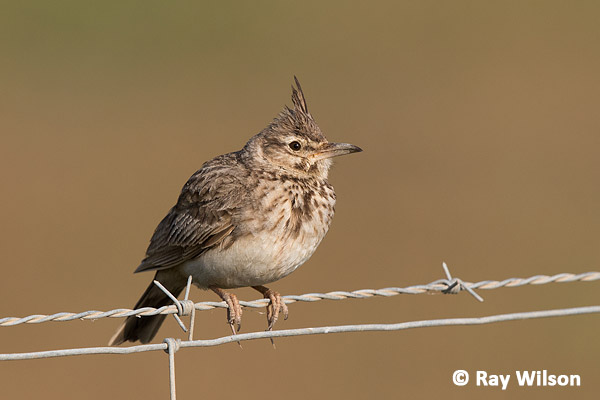
Crested Lark (Galerida cristata)
Crested Larks are very common residents in southern Spain.
Crested Lark (Galerida cristata)
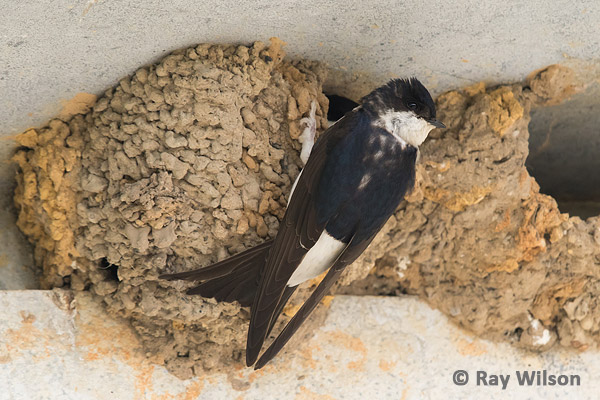
House Martin (Delichon urbica)
In Spain, European Starlings are replaced by Spotless Starling, a similar species unsurprisingly identified by its lack of spots.
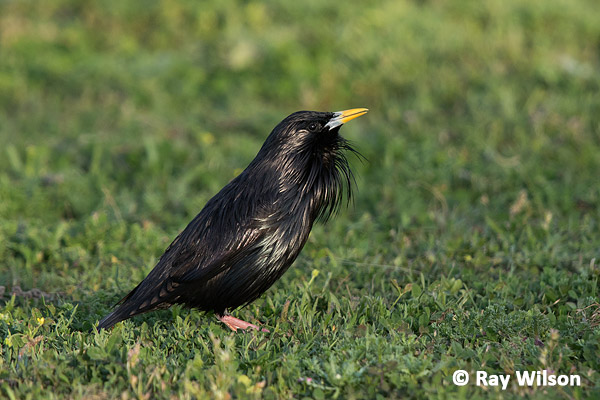
Spotless Starling (Sturnus unicolor)

Ray Wilson owns the copyright of all images on this site.
They may not be used or copied in any form without prior written permission.
raywilsonphotography@googlemail.com
